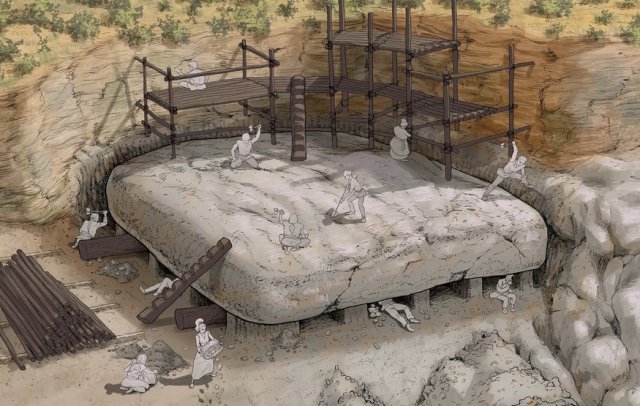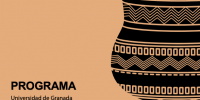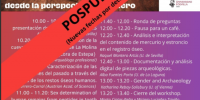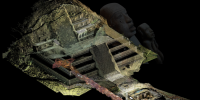Scientific Reports.
According to the scarce information available, most stones used in European prehistoric megaliths originate from locations near the construction sites, which would have made transport easier. Our study (based on high-resolution geological mapping as well as petrographic and stratigraphic analyses) in The Menga dolmen (Antequera, Malaga, Spain), reveals key geological and archaeological evidence to establish the precise provenance of the massive stones used in the construction of this monument.
More information and download pdf: https://www.nature.com/articles/s41598-023-47423-y



